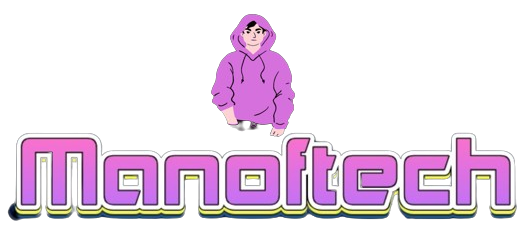In the vast realm of scientific advancements, nanotechnology has emerged as a transformative force, ushering in innovations that hold the potential to reshape industries and our understanding of materials at the molecular level. This article explores the multifaceted ways in which nanotechnology innovations are revolutionizing various fields, from medicine to electronics and beyond.
Understanding Nanotechnology
Nanotechnology involves the manipulation of matter at the nanoscale, typically dealing with structures and devices with dimensions of 1 to 100 nanometers. At this scale, materials exhibit unique properties, and scientists harness these characteristics to create groundbreaking innovations.
Healthcare Breakthroughs
Targeted Drug Delivery: Nanotechnology has revolutionized drug delivery by enabling the precise targeting of medications to specific cells or tissues. Nanoparticles can be engineered to release drugs at controlled rates, minimizing side effects and enhancing treatment effectiveness.
Cancer Treatment Advancements: In oncology, nanotechnology plays a pivotal role in developing novel cancer treatments. Nanoparticles can selectively deliver therapeutic agents to cancer cells, offering a more targeted and less invasive approach compared to traditional treatments.
Electronics and Computing
Miniaturization of Devices: Nanotechnology has fueled the miniaturization of electronic components, leading to smaller and more powerful devices. This has paved the way for advancements in areas such as microprocessors, memory storage, and sensors, enhancing the capabilities of electronic gadgets.
Quantum Computing Exploration: At the nanoscale, quantum phenomena come into play. Nanotechnology is instrumental in the development of quantum computers, which leverage the principles of quantum mechanics to perform complex calculations at speeds unimaginable with classical computers.
Energy Harvesting and Storage
Solar Cell Efficiency: Nanotechnology has significantly improved the efficiency of solar cells. Nanomaterials, such as quantum dots and nanowires, enhance light absorption and electron transport, leading to more efficient conversion of sunlight into electricity.
Next-Generation Batteries: In energy storage, nanotechnology is driving the development of next-generation batteries. Nanomaterials, like graphene, are being explored to create batteries with higher energy density, faster charging times, and a longer lifespan.
Materials with Enhanced Properties
Strength and Lightweight Materials: Nanotechnology enables the creation of materials with enhanced mechanical properties. Nanocomposites, reinforced with nanoparticles, result in materials that are both strong and lightweight, finding applications in aerospace, automotive, and construction industries.
Self-Healing Materials: Innovations in nanotechnology have led to the development of self-healing materials. Nanoparticles embedded in polymers allow materials to repair themselves when damaged, offering longevity and resilience in various applications.
Environmental Applications
Water Purification: Nanotechnology is being employed for efficient water purification. Nanomaterials can remove contaminants and pollutants from water, providing a sustainable solution to address water quality challenges.
Air Filtration Systems: Nanotechnology is enhancing air filtration systems, with nanomaterial-based filters capable of capturing ultrafine particles and pollutants. This innovation contributes to improved air quality in various environments.
Challenges and Ethical Considerations
Health and Environmental Risks: As nanotechnology advances, concerns about potential health and environmental risks arise. Ethical considerations include understanding the impact of nanoparticles on living organisms and ecosystems, necessitating thorough research and responsible development.
Regulatory Frameworks: Establishing robust regulatory frameworks for nanotechnology is essential to ensure the safe and responsible deployment of nanomaterials in various industries. Regulatory bodies worldwide are actively working to address these challenges.
Future Prospects
Nanomedicine and Personalized Therapies: The future holds promising prospects for nanomedicine, with the development of personalized therapies tailored to an individual’s genetic makeup. Nanotechnology will likely play a pivotal role in advancing precision medicine.
Nanorobotics and Molecular Assembly: Anticipated breakthroughs in nanorobotics and molecular assembly may lead to the creation of nanoscale machines capable of performing intricate tasks within the human body or assembling complex structures at the molecular level.
Nanotechnology innovations represent a frontier where science converges with unprecedented possibilities. From revolutionizing healthcare to transforming electronics, energy, and materials science, nanotechnology is reshaping the boundaries of what is achievable. As researchers continue to unlock the secrets of the nanoscale world, the future promises a myriad of applications that could redefine industries and contribute to solving some of humanity’s most pressing challenges. Embracing these innovations responsibly will be key to unlocking the full potential of nanotechnology for the benefit of society and the environment.


